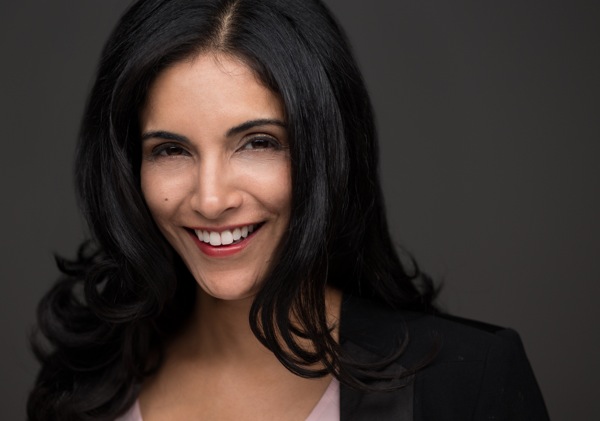A recent “New York Times” article chronicles “Jenny” a 45-year-old woman who became pregnant with twins after years of fertility treatment and much disappointment– yet when she finally finds herself pregnant with twins, she elects to extinguish one of the fetuses, so that she can have a singleton pregnancy. Why?
Things would have been different if we were 15 years younger or if we hadn’t had children already or if we were more financially secure. If I had conceived these twins naturally, I wouldn’t have reduced this pregnancy. [If] you feel like if there’s a natural order, then you don’t want to disturb it. But we created this child in such an artificial manner— in a test tube, choosing an egg donor, having the embryo placed in me— and somehow, making a decision about how many to carry seemed to be just another choice. The pregnancy was all so consumerish to begin with, and this became yet another thing we could control.
Doctors initially performed fetal reduction as a response to women undergoing fertility treatments and becoming pregnant with multiples. Because the pregnancies often resulted in more fetuses than doctors intended, they devised a way to terminate all but two or three fetuses and thereby minimize the risk to both the mother and the remaining babies. Now, to many physicians’ discomfort, it has become a practice that is quietly becoming popular among women pregnant with twins.
In her explanation for why she underwent the procedure, Jenny brings up an interesting point– that the pregnancy was “consumerish” to begin with. Modern medicine has made incredible advances when it comes to helping women become pregnant and carry their children to term, all the while preserving both their health and the babies’. What fell into the realm of the impossible just decades ago is now routine for many fertility doctors, obstetricians, and their patients, yet articles like the one above indicate another side to these advances– a commercial approach toward pregnancy and childbirth with a rise in designer babies, elective C-sections, and most recently, elective fetal reductions.
This rise in the number of couples opting for elective fertility treatments and interventions such as fetal reduction and elective C-sections raises serious ethical issues, since the increase, most present in higher-income families, is not driven by medical necessity, but rather motivated by the mother’s desire for control, financial security, convenience, and reduced stress. Has the medicalization of becoming pregnant, being pregnant, and giving birth gone too far? And are procedures like C-sections or fetal reduction tied to social class? I am not the first to question this, as a Scottish study found that elective C-sections were performed more frequently on women of affluent backgrounds . If there is, in fact, a link, then citing strained finances as a reason for choosing fetal reduction hardly seems like a fair defense for the demographic in question– namely, women who are able to pursue expensive fertility procedures followed by elective fetal reductions, both of which are not traditionally covered by health insurance. And who do we hold responsible for such a decision. Are the couples culpable for their weak justifications, or do we hold the physician responsible, who, through years of training and education, understands the medical implications much more than the patients?
Aside from the seemingly flimsy economic reasons cited in favor of fetus reduction, we must also take a look at what such procedures mean in the context of Islam, or even Christianity or Judaism for that matter. Most women can name at least one friend or relative who struggled to become pregnant, naturally or through fertility treatments, only to face disappointment after disappointment. If, somehow, when all hope is lost, such a woman is miraculously blessed with a pregnancy, one has to question whether intervening without medical necessity amounts to a refusal to acknowledge Who ultimately holds the power.
The beauty of these medical advances lies in letting nature take its course while taking advantage of modern medicine. As Muslims we can benefit from most of the fertility treatments available today, provided they meet certain guidelines. The majority of Muslim scholars have deemed fertility drugs, the IVF process, and other reproductive assistance methods lawful within the Sharia, as long as the sperm and the egg being used is donated directly from the husband and wife, not a third party. Even aborting a fetus is permitted under grave circumstances, such as rape or a major risk to the mother’s life. Dr. Sherman Jackson explains in his book, Islam and the Black American, that the “majority has held abortion to be permissible through the first trimester (120 days), at which time, according to a Prophetic hadith, ensoulment takes place and the fetus becomes a human. All of the schools impose a prima facie ban after 120 days. ”
A wide variety of fertility treatments and interventions are available to women today, but we must never be remiss of the reality that these medical advances and the lives that they help bring into the world are ultimately our Creator’s will. There will always be people who will push the envelope further at the expense of ethical boundaries. But that shouldn’t stop us, as a community, from pushing right back. The practice of reproductive medicine and obstetrics has blurred the already fine line between using medicine to facilitate a process and letting nature take its course. If we continue with this consumerist attitude toward fertility, pregnancy, and childbirth, that line will disappear altogether.
(Photo credit: Tamara Manning)
Nadiah Mohajir is co-founder and director of programs for the HEART Women & Girls Project. She recently earned her Masters in Public Health from the University of Illinois at Chicago. in the past she has been a consultant for the Office on Women’s Health (OWH) at the U.S. Department of Health and Human Services working on a variety of different projects focusing on HIV/AIDS awareness, American Indian/Alaska Native Health, and improving the health of Chicago. Prior to her work at the OWH, she worked on a research project focusing on improving the pregnancy outcomes of low-income Chicago women. She earned her bachelor degree in Public Policy Studies from University of Chicago and lives in Chicago with her two children and husband.
















